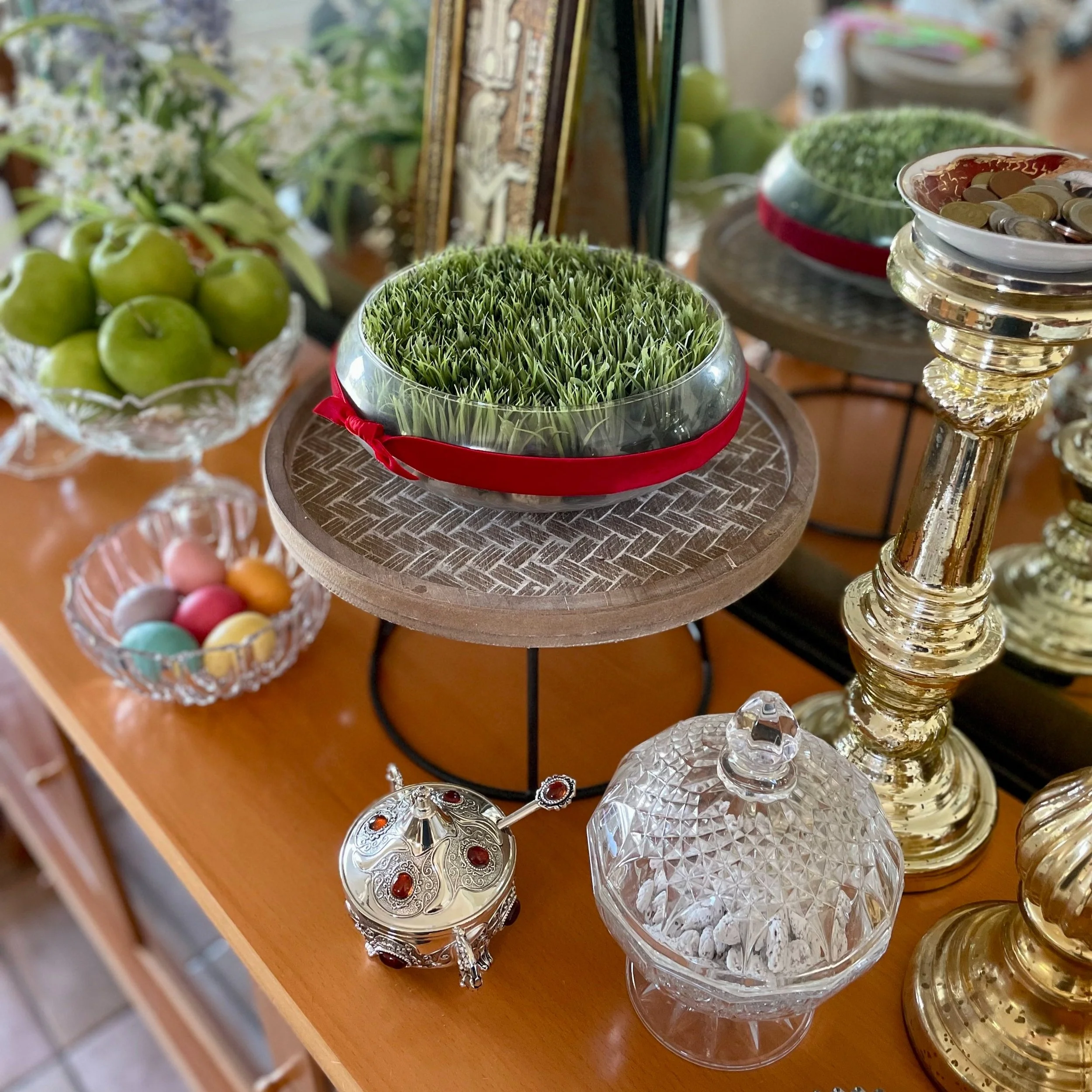Persian New Year Traditions
Nowruz, also known as Persian New Year, is one of the most important holidays in Iran and many other countries in the Middle East and Central Asia. The holiday celebrates the arrival of spring and the renewal of nature. In this blog post, we will explore the traditions and customs of Persian New Year.
Spring Cleaning
Before the arrival of Persian New Year, Iranians engage in a deep cleaning of their homes. This tradition, known as "khaneh tekani," is meant to symbolize the renewal and purification of one's spirit for the new year. It is customary to remove any clutter, get rid of old belongings, and freshen up the home with flowers and new decorations.
Haft Seen Table
One of the most prominent traditions of Persian New Year is setting up a "Haft Seen" table. The Haft Seen table is a spread that includes seven items, all starting with the Persian letter "seen" (س). The items symbolize various aspects of life, including rebirth, health, love, wisdom, and prosperity. The seven items typically include:
Sabzeh (sprouts)
Samanu (sweet pudding)
Senjed (dried fruit)
Sir (garlic)
Sib (apple)
Somagh (sumac)
Serkeh (vinegar)
In addition to the seven items, the Haft Seen table may also include other items such as a mirror, candles, and a book of poetry. Check out my past tables here, here, and here.
3. Chaharshanbe Suri
Chaharshanbe Suri, is a Persian New Year's Eve tradition that takes place on the last Tuesday of the year. On this night, people light bonfires and jump over them, a ritual believed to ward off evil spirits and bring good luck. It is also customary to make noise by banging pots and pans and setting off fireworks.
4. Sizdah Bedar Sizdah Bedar
Also known as the "Nature Day," is a tradition that takes place on the 13th day of the Persian New Year. It is a day for families to spend time outdoors and have picnics. It is believed that by spending the day outside, one can avoid bad luck for the rest of the year.
5. New Year's Greetings
During Persian New Year, it is customary to exchange greetings and well wishes with friends and family. The most common greeting is "Eid-eh Shoma Mobarak," which means "Happy New Year."
In conclusion, Persian New Year is a rich and vibrant holiday full of traditions and customs that have been passed down for centuries. From the Haft Seen table to Chaharshanbe Suri to Sizdah Bedar, each tradition has its unique significance and is deeply rooted in Iranian culture. Through these traditions, Iranians celebrate the arrival of spring and the renewal of life, and they provide an opportunity to connect with family, friends, and nature.







